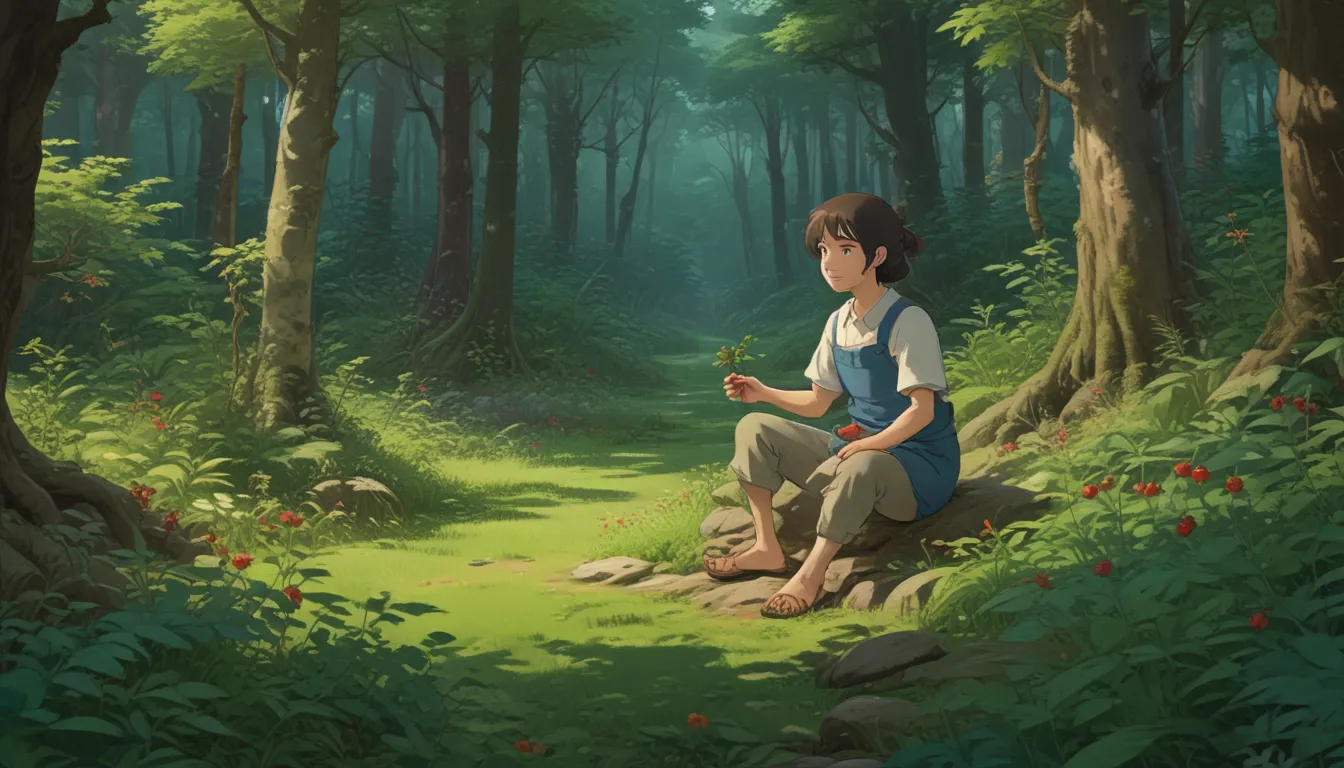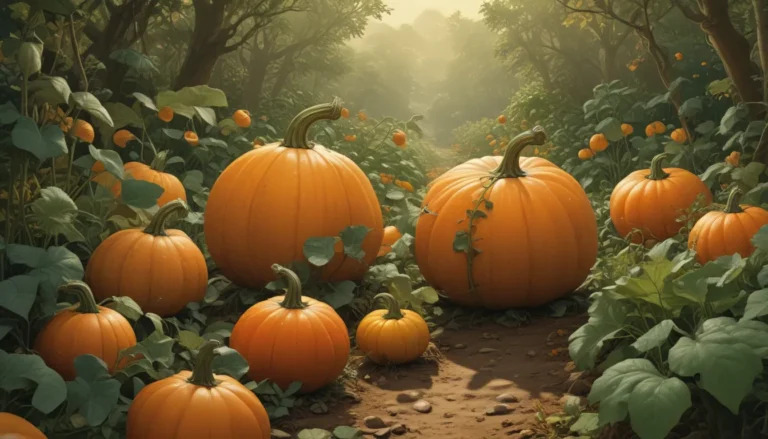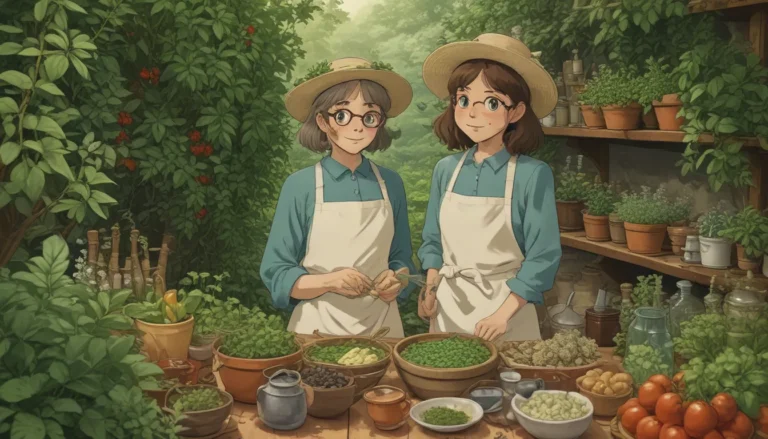Mastering Wild Berry Foraging: A Comprehensive Guide for Beginners

There’s something truly magical about spending time outdoors. Amidst the breathtaking beauty of nature, my heart is at peace. Whether I’m wandering through hemlock groves or exploring fallow fields dotted with aspen trees, my love for the outdoors runs deep.
Throughout my years of woodland exploration, one thing has remained constant: my unwavering passion for edible plants. In this guide, we will delve into the art of foraging for food, focusing specifically on wild berries. These delectable treasures serve as an excellent starting point for those looking to embark on their foraging journey.
By the end of this comprehensive guide, you’ll gain valuable insights into the fundamentals of foraging, with a special emphasis on edible berries. Let’s unpack why foraging is essential and how to do it safely and responsibly.
Understanding the Basics of Foraging
- Don’t Eat What You Don’t Know: The cardinal rule of foraging is to never consume a plant unless you are absolutely certain of its identity. False identification can have severe consequences, so it’s crucial to exercise caution.
- Become Familiar with the Local Environment: Acquainting yourself with the ecosystem in which you forage enhances your ability to spot edible plants. Additionally, understanding the local wildlife and vegetation enriches your foraging experience.
- Watch Out for Hazards: Prioritize safety by wearing suitable attire, carrying essential supplies such as water and a first-aid kit, and being mindful of potential dangers in the environment.
- Leave Some for the Birds: Practicing sustainable foraging involves harvesting responsibly and ensuring that wildlife still has access to essential food sources.
- Experiment with Caution: When in doubt about the edibility of a plant, conduct toxicity tests before consumption. Proceed with extreme care to avoid any adverse reactions.
Berry Identification Guide
Blackberry
- Description: Large, dark purple berries with a white core. Watch out for the hard core that remains within the fruit after harvesting.
- Location: Sunlit border areas in fields, meadows, and forests.
- Harvest Season: Summer and late summer.
Raspberry/Black Raspberry/Thimbleberry
- Description: Red to dark purple berries with a white cone left behind after harvest.
- Location: Rich, organic soil with light green serrated leaves.
- Harvest Season: Spring to summer.
Blueberry
- Description: Bell-shaped flowers on low-growing or tall shrub varieties.
- Location: Barren, acidic soil near rocks and oak trees.
- Harvest Season: Summer.
Strawberry
- Description: White-flowered fruit with downward-arching berries.
- Location: Abandoned fields and riverbanks.
- Harvest Season: Summer.
Embracing the Essence of Foraging
Foraging isn’t just about finding food; it’s a profound connection to nature. By immersing ourselves in the outdoors, we escape the confines of our indoor lives and rediscover our primal bond with the natural world. Foraging serves as a gateway to a deeper understanding of our environment and its inhabitants.
To honor this relationship, I present the Forager’s Oath: a lighthearted pledge to gather responsibly, respect nature, and savor the experience of foraging. Let it guide you on your explorations, blending safety with a sense of wonder.
“I’ll only eat what I surely know,
Have respect for things that grow.
I’ll watch my step and never litter,
Enjoy the sun and ignore Twitter.
I’ll only eat my fair share,
Leaving most for bird and bear.
I’ll open up while I am picking,
And feel full when I’m quitting.
I’ll teach and be encouraging,
When I go a-foraging.”
So, grab your guidebook and venture into the wilderness to savor the bountiful treasures nature has to offer. Remember to tread lightly, savor every moment, and leave only footprints behind. Happy foraging!
For more insights on how to establish a connection with the great outdoors, explore our tips on engaging with dandelions and uncovering the world of wild mushrooms. If you seek to involve your children in the wonders of nature, consider organizing a berry hunt or starting a vegetable garden as a family activity.
In conclusion, wild berry foraging is a rewarding and enriching experience that offers not just sustenance but also a deep connection to the natural world. By adhering to safety protocols, respecting the environment, and approaching foraging with a sense of reverence, you can unlock a world of wonders waiting to be discovered in the wilderness. So, lace up your boots, grab your basket, and set forth on a journey of exploration and delight as you harvest nature’s bounty.
Remember, in the intricate tapestry of nature, we are but a single thread. Let us tread lightly, learn abundantly, and cherish the timeless wisdom that the wilderness imparts. Happy foraging!





